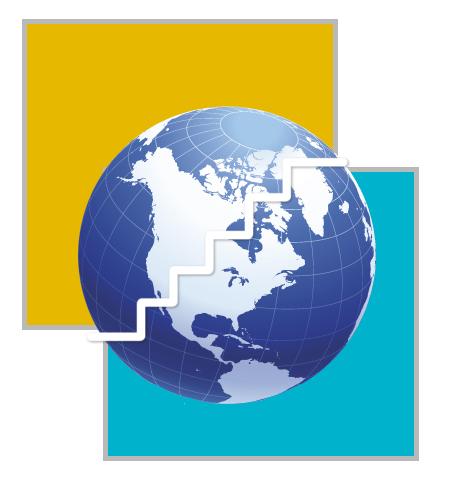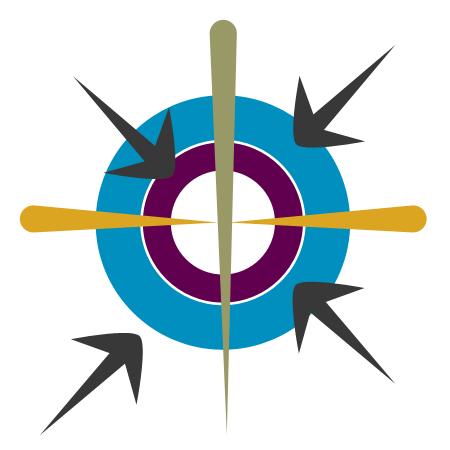MEDIA
The writer is an Islamabad-based freelance columnist
Welcome to Strategic Foresight Group (SFG). The Group has been launched by the International Centre for Peace Initiatives (ICPI). SFG's goal is "to develop alternative future scenarios of the strategic environment of countries and sectors, with a view to enable decision makers to consider alternative strategies for the future. Currently the group focuses on South Asia, the region most affected by the war on terror...
SFG's "Cost of Conflict between India and Pakistan" has come my way. Two of Pakistan's most respected researchers Zafarullah Khan and S. Akbar Zaidi were instrumental in producing this outstanding research work. Niaz A Naik, Pakistan's former Foreign Secretary, says in his Foreword: "This document is of exceptional quality in its comprehensive coverage and analytical strengths. It is the first time that we have such all encompassing information and analysis in one place on the implications of adversarial relationship between India and Pakistan." On Pakistan, the Preface states: "Pakistan is in the grip of extremist religious forces and terrorist groups. Pakistan's ability to loosen their grip depends on relations with Afghanistan, Iran, Shia-Sunni dynamics within the country, organized crime and relations with India. Thus, India is only one of the many factors in determining the future of terrorism but because of its dependence with other factors, it contributes to Pakistan's social costs."
Commenting on India the Preface states: "Some costs are directly associated with hostility between the two countries. Some costs may appear to be indirect. Some costs constitute a small but critical component of a larger picture. For instance, India has a potential to raise its GDP growth from 7% to 10%. Such an increase will depend on many factors such as infrastructure improvement, liberalisation, and removal of red tape, agricultural reforms and stability with Pakistan. Thus, India-Pakistan relations is just one of the many factors, but because of its inter-dependence with other factors, it contributes to over 3% deficit in India's economic potential."
What I found most interesting-and the most painful-was Pakistan's calculation regarding our Gross Terror-economy Product (GTP). Pakistan has been at war on many fronts, as a consequence "Pakistan's conflict with India, Iran and the Shia community within the country, and most significantly its involvement in Afghanistan, has created a Conflict Economy. The Conflict Economy has two components: formal, expressed in military expenditure and informal, expressed in its Gross Terror-economy Product." Pakistan's Visible Gross Terror-economy Product stands at Rs164 billion while Ur Invisible Gross Terror-economy Product has been estimated at Rs100 billion. That's a total of Rs264 billion plus Military Expenditures of Rs160 billion and Pakistan's Conflict Economy, at Rs424 billion, stands at 10.6% of our GDP.
Here are some other worthy conclusions:Pakistan spends 3.8 percent of GDP on military and 3.8 percent of GDP on development; India spends 2.7 percent of GDP on military and 6.2 percent of GDP on development; The "victims of the Kashmir conflict during 1988-2000 were 85 percent Muslims and 11 percent Hindus"; If "troops are mobilized again in future on the pattern of 2002, it will cost India 0.46 percent of GDP and Pakistan 2.25 percent of GDP";India and Pakistan have followed a "swing model of relations, with the pendulum swinging from conflict in May 1998 to peace in February 1999, from conflict in May 1999 to peace in November 2001, from conflict in December 2001 to peace in April 2003-and further peace in January 2004";The "Siachen conflict alone will cost India Rs72 billion and Pakistan Rs18 billion in the next five years. Together, they will lose about 1,500 soldiers in the next five years in Siachen without fighting a war"; Kashmir's Gross Terror-economy Product has been estimated at Rs3.5 billion a year; Pakistan's jihadi forces are expected to increase from 200,000 at present to 300,000 at the end of the decade and the army from 620,000 at present to 646,000 at the end of the decade"; If the "Kashmir conflict continues, 45,000 people every year would be forced into hospital with psychiatric complaints during the next five years"; Kashmir has "lost 27 million tourists from 1989-2002 leading to a revenue loss of Rs165 billion".
Chapter 2 of "Cost of Conflict between India and Pakistan" has figures on 'Growth in crime in Pakistan". In 1988, for instance, 3,364 kilograms of heroin was seized by our law enforcement agencies. In 2002, heroin seizures stood at 12,709 kilograms; an increase of nearly 300 percent. Crimes including "drug trafficking, illicit arms trading and terrorism are interlinked due to the sharing of resources, personnel, and networks. If terrorist groups are allowed to operate they are bound to strengthen crime, especially drug trade, due to close links between functionaries in two sets of activities. Crime infested social environment is a fertile ground for terrorism to grow. If we are unable to manage our conflict with India then the forecast is that "Continued conflict with India, domestic turmoil due to heightened inter provincial disputes and lack of economic and social development, would make Pakistan's internal situation very volatile and unstable by 2010."Chapter 7 is titled "Nuclear Confrontation: A Case Study". Pakistan is estimated to possess "24-48 bombs, whereas India has about 60-90 bombs. Even if half of the arsenal is used by India and Pakistan, the fallout will be complete annihilation of Pakistan and total destruction of parts of India.






